 I’ve bored friends and colleagues with my stories of discovering the power of MUDS in the early 1990s. I have a massive soft spot for the original virtual worlds (as pictured), but aside from sentimentality there remains a real role for these text-based worlds. Justin Olivetti over at Massively has a great article on MUDs that showcases some of the good ones and the people who play them.
I’ve bored friends and colleagues with my stories of discovering the power of MUDS in the early 1990s. I have a massive soft spot for the original virtual worlds (as pictured), but aside from sentimentality there remains a real role for these text-based worlds. Justin Olivetti over at Massively has a great article on MUDs that showcases some of the good ones and the people who play them.
The reason I believe these environments still have relevance is not just because of the dedicated community that still use them. They provide some great lessons in how to create engaging communities and content. Most people tend to think of MUDS as gaming-oriented platforms, which is essentially true. The thing is, their sibling the MOO (MUD, Object Oriented) has that real content creation focus that led to iconic communities such as LambdaMOO. My own experiences were with a MOO used to interact with music collaboration software and its power to engage people was incredible.
So, if you’re interested in getting people excited about a common purpose or just want a great social space, spend some of your development time wandering around a MUD or MOO. I’d also love to hear about your experiences: did you have or do you still have a favourite MUD / MUSH / MOO?
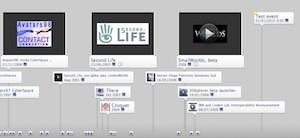
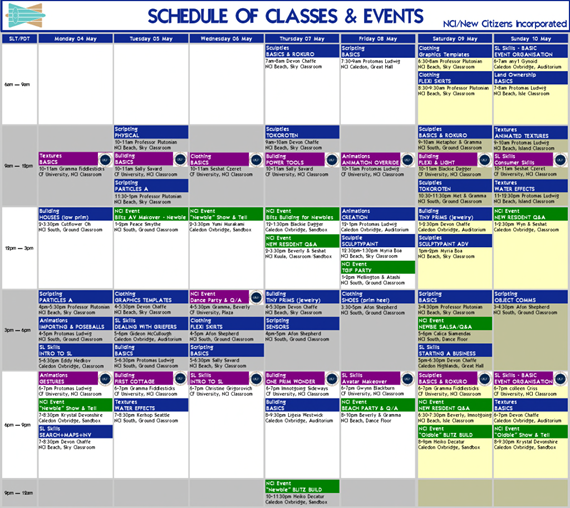
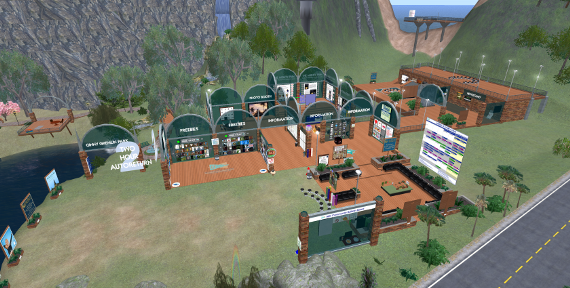
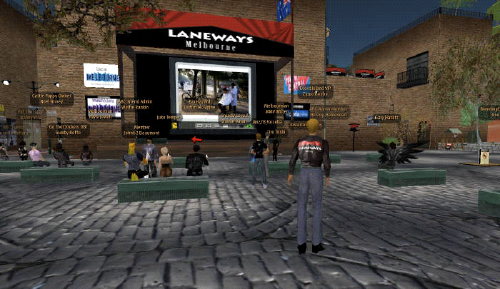
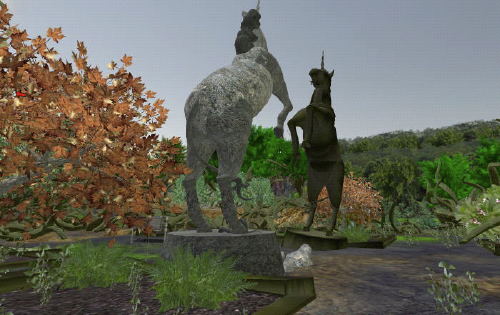
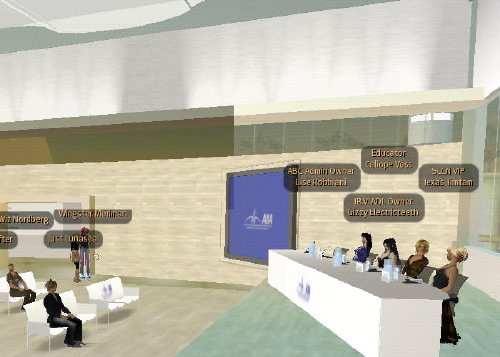
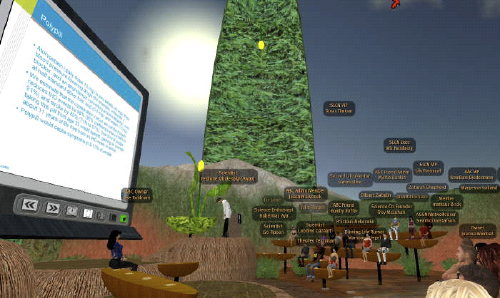
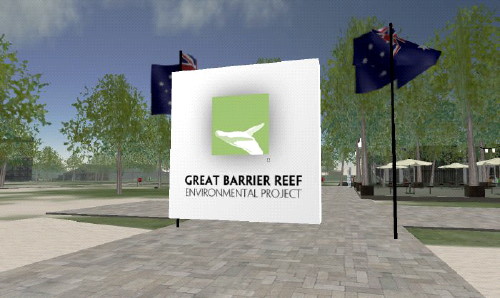
Recent Comments